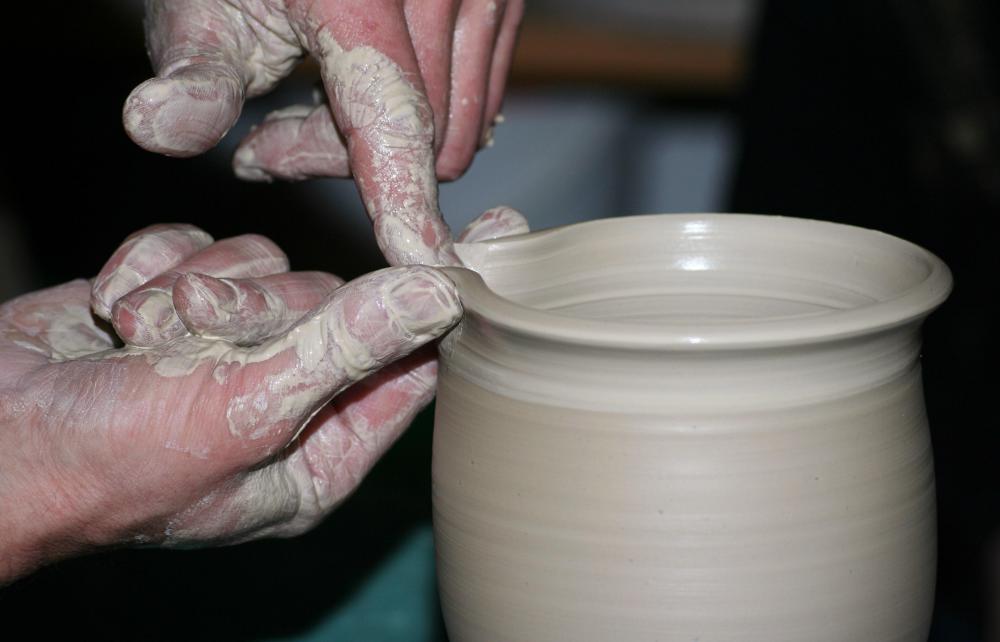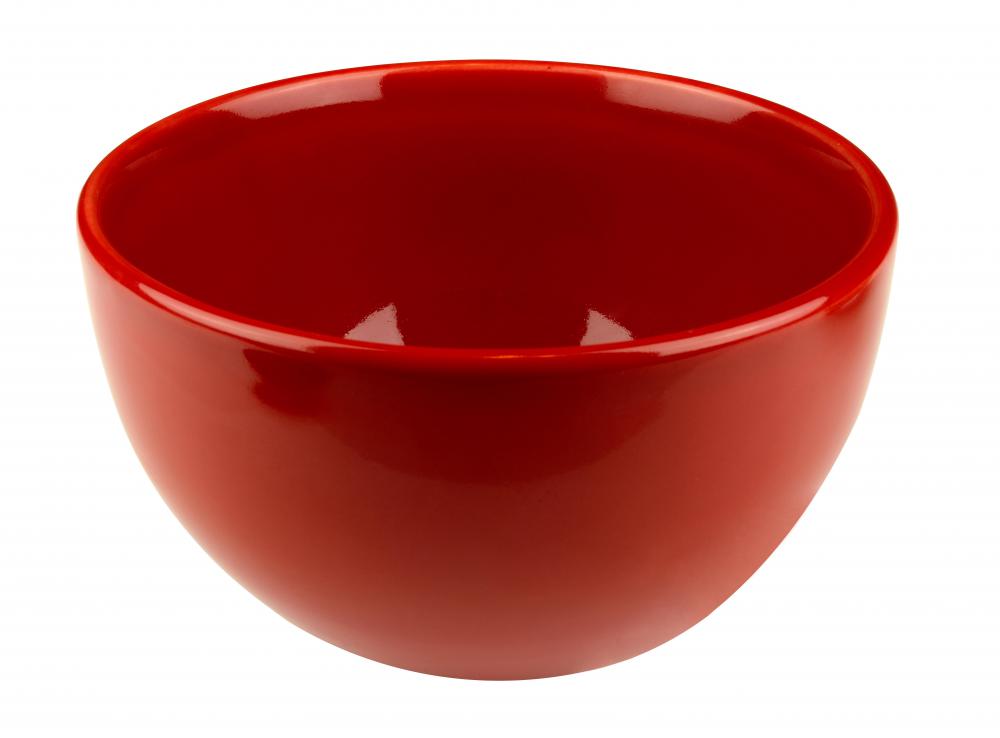At HomeQuestionsAnswered, we're committed to delivering accurate, trustworthy information. Our expert-authored content is rigorously fact-checked and sourced from credible authorities. Discover how we uphold the highest standards in providing you with reliable knowledge.
What are the Different Types of Pottery Techniques?
Pottery is items made from clay, such as bowls, pots, plates, and vases, and hardened using heat. When working with clay, one can just have a good time, or — if one is more serious about getting to know the medium and what it can do — one can explore the variety of standard pottery techniques. One way to categorize pottery techniques is into three groups: those that are used on the pottery wheel, those that are used in hand-building, and techniques are shared by hand-builders and those who throw pots. The shared techniques primarily are those used in preparation and finishing of works of clay.
Shared pottery techniques include kneading clay to rid it of trapped air bubbles that could damage the work when it is kiln dried. Finishing techniques that are shared include incising, or decorating works by cutting into them. This technique was used by ancient potters in the Middle East, Greece, and Central Asia. Korean potters sometimes filled incised lines with very wet clay called slip that had been colored. Various glazing techniques, including lead glaze and salt glaze, and painting have also been used in various parts of the world to decorate pottery.

A number of hand-building pottery techniques have been used in more than one culture. One popular hand-building pottery technique is pinching or pulling. One sticks one’s thumb into the center of the prepared ball of clay to create the initial hole. One then pinches and stretches the walls of clay, slowly widening the hole and shaping the walls into the desired shape. A coil pot is made by attaching coils to a flat base, and spiraling them around the edge to create the sides of the pot. In this technique, careful joining and smoothing is critical to the outcome.

A slab pot is made from a slab base and a large, uniform slab that is stood on end on the outer edge of the base, curved around the base edge until its ends meet, and joined both to the base and to itself at the meeting point. In order to make the joints work, the surfaces to be joined are all scored prior to joining, and covered with slip. After the slabs are attached and the joints are secured and smoothed, the pot can be further shaped, if desired.

For pottery thrown on the wheel, there are a variety of pottery techniques. One can, for example, throw a pot from a centered piece of clay that sits right on top of the wheel. Wetting one’s hands, one uses a thumb to make the central hole, and with fingers on one side of the pot wall, and thumb on the other, one slowly draws up and shapes the wall as desired. When the piece has been shaped as desired, a wire is slid under the base to separate it from the wheel.
To make a series of identical pieces, the technique called “throwing off the hump” is used. In this method, a smaller section of a large lump of clay is pulled up from a mound shape, and only the small section on top is thrown. When complete, it is cut off, clay is added to the mound if needed, and the next piece is thrown.
AS FEATURED ON:
AS FEATURED ON:













Discussion Comments
One more, slip casting. One piece is made, a mold is made of that piece and the "potter" makes multiple casts of the mold.
Post your comments